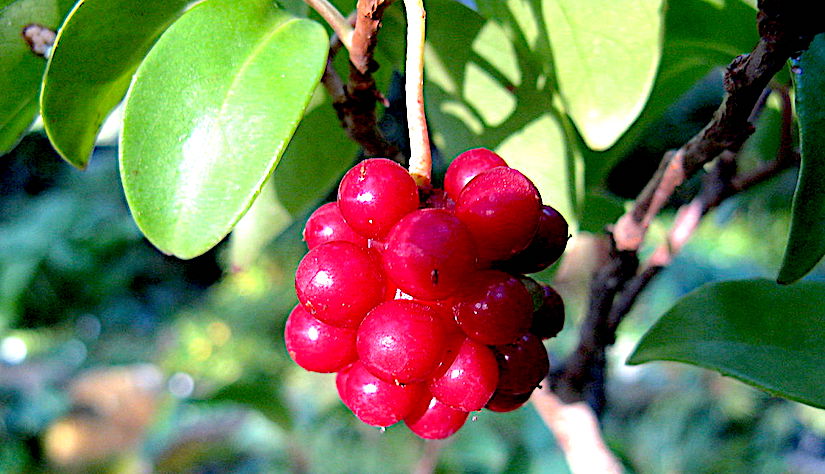==========================
在常绿的五味子(Schisandra)物种中,存在双重外气孔边缘,而落叶物种中只存在单一的边缘。
Existem bordas estomáticas externas duplas nas espécies sempre-verdes de Schisandra, enquanto nas espécies decíduas ocorre uma única borda.
Se producen dobles bordes estomáticos externos en las especies de Schisandra perennes, mientras que en las especies caducifolias se produce un solo borde.
====================
Comparative morphology of the leaf epidermis in Schisandra (Schisandraceae)
Yang Z.-R., Lin Q. (2005)
===
Botanical Journal of the Linnean Society 148(1): 39-56 – https://doi.org/10.1111/j.1095-8339.2005.00396.x –
https://onlinelibrary.wiley.com/doi/10.1111/j.1095-8339.2005.00396.x
Abstract
The leaf epidermis of 127 samples representing ten species within Schisandra Michaux. and one species of the related genus, Kadsura Kaempf. ex Juss., was investigated using light and scanning electron microscopy. Many characters of the leaf epidermis in Schisandra, such as pattern of epidermal cells, type of stomata, shape of guard cell pairs and cuticular ornamentation, are usually constant within species and thus make good characters for studying the relationship between and within genera. A new character, rim number, of the outer stomatal rim in the genus is introduced. It is shown that double outer stomatal rims occur only in evergreen Schisandra species, whereas a single rim occurs in deciduous species. This character supports the classification of Schisandra into two subgenera based on habit and androecial organs. This classification is also supported by additional morphological and molecular taxonomic characters. Kadsura coccinea (Lem.) Smith A. C. is the most primitive taxon in the related genus Kadsura. The outer stomatal rim of this species also has double rims. Combined with morphological and molecular evidence, this suggests that Schisandra and Kadsura are closely related and may share a recent common ancestor.


You must be logged in to post a comment.